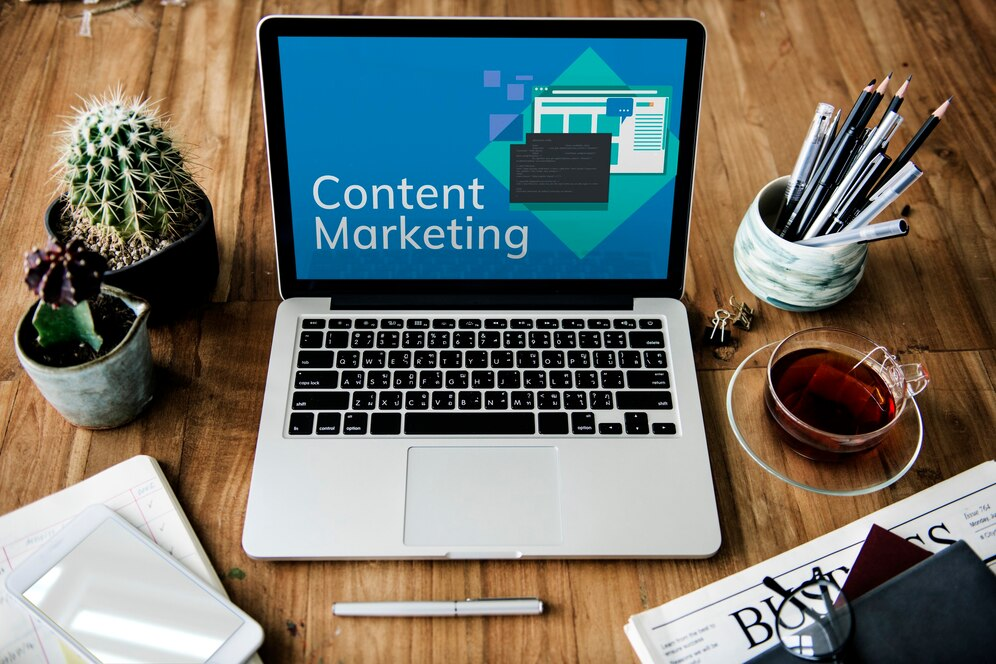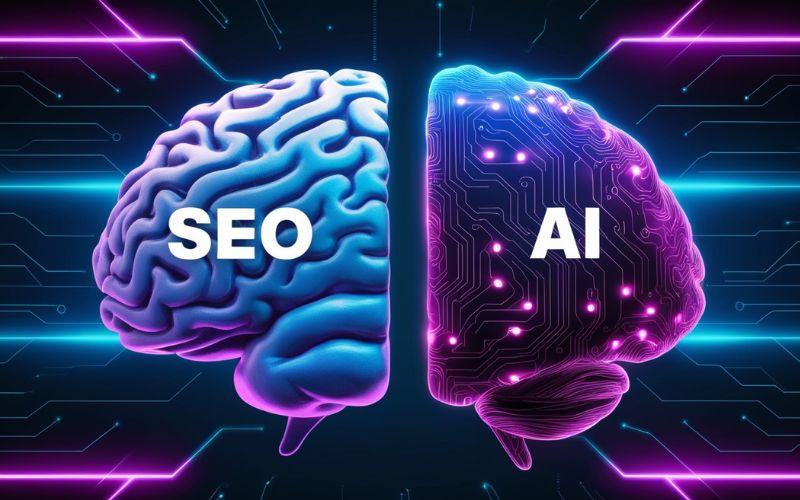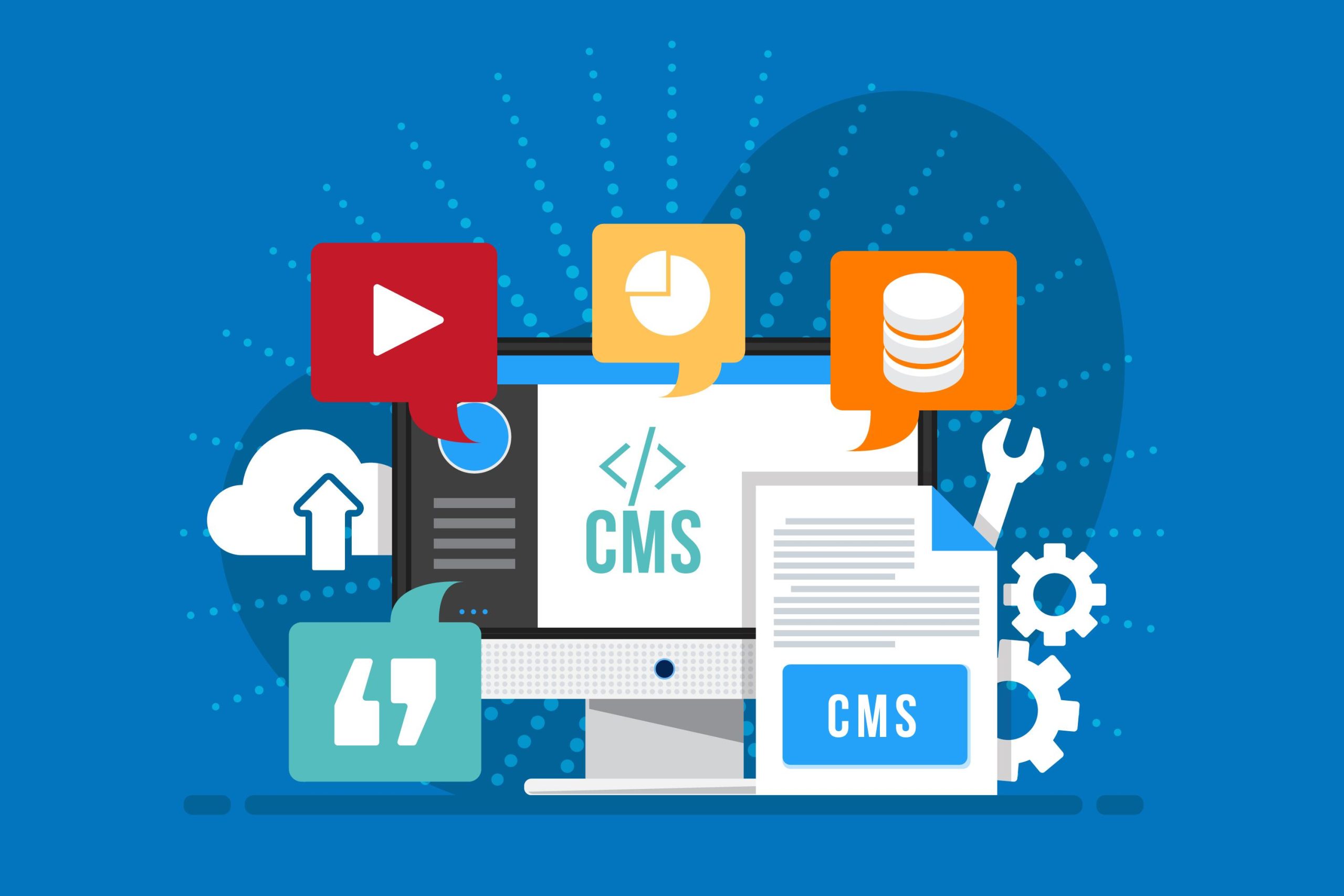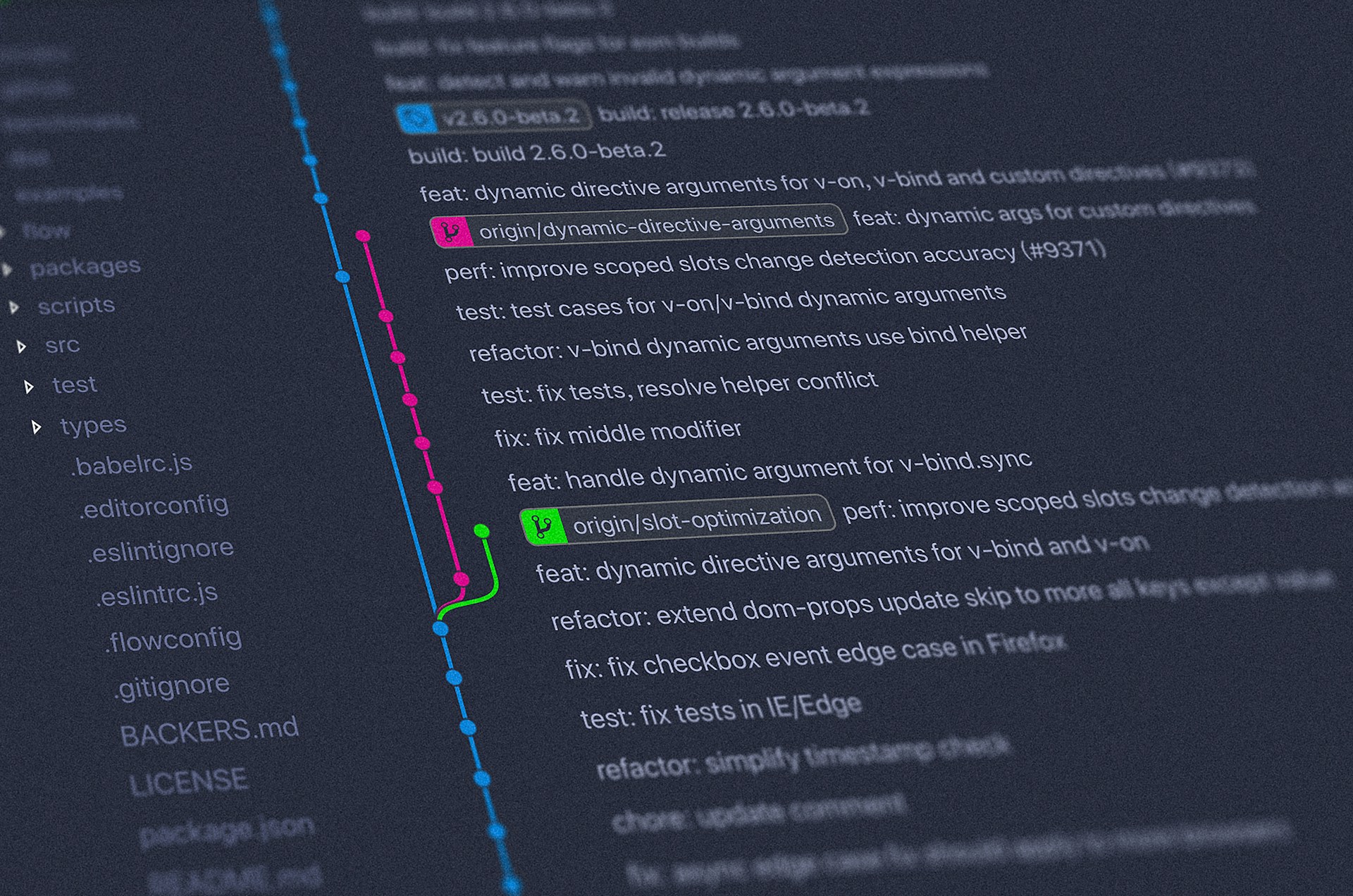How to Use AI-Powered SEO Tools for WordPress eCommerce
March 27, 2025
The Impact of AI on SEO in 2024 and Best Practices
November 4, 2024
Marketing Automation: How to Save Time and Increase Engagement
October 25, 2024
How AI Tools Are Shaping the Future of Mobile Apps
October 24, 2024









